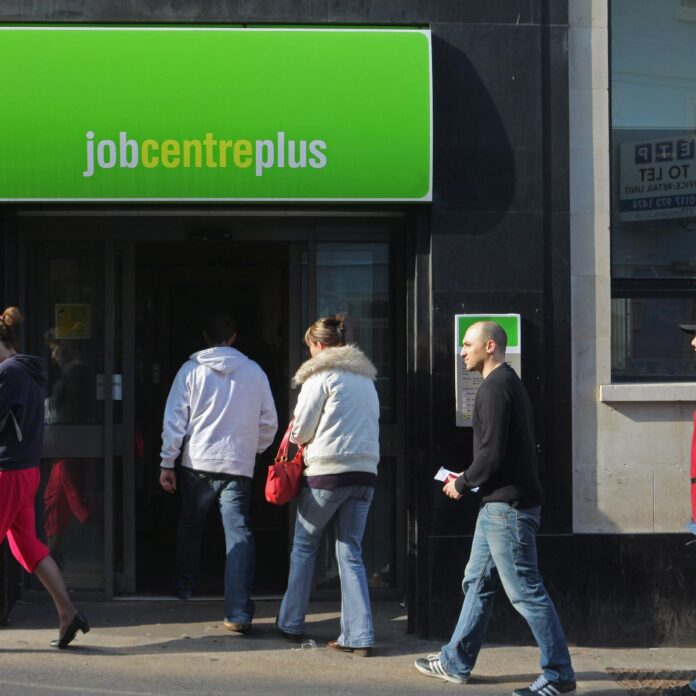New analysis by the Joseph Rowntree Foundation (JRF) shows that tomorrow marks the greatest fall in the value of the basic rate of unemployment benefit since 1972.
The 3.1% increase that comes into effect on Monday is based on inflation as of last September, whereas inflation is expected to hit 7.7% this month.
This means households in receipt of benefits will experience a real-terms cut to their incomes which are already at historically low levels. Recent JRF analysis highlights that this decision will pull 600,000 people into poverty, around a quarter of whom are children.
Since 1972, ministers have decided how much to increase benefit levels by each year based on an assessment of inflation. Since 1987, they have typically considered the rate of inflation the previous September to decide benefit levels each April. While ministers consider inflation when setting unemployment benefit levels, they may choose to use a higher or lower rate than this.
The new analysis highlights that for eight of the ten benefit level changes between 2013 and 2022, the basic rate of unemployment benefits has lost value, leaving it at a 35-year low in real terms.
From 2013-2019, ministers chose to reduce benefits in real terms by freezing their value or increasing them by a lower rate than inflation (at the same time as introducing other cuts).
While there is historical precedent for benefit levels not keeping pace with real inflation due to volatility in inflation, this tends to cancel out over time. However this year marks the first time that benefit levels will fall significantly in real terms due to this volatility following a sustained period of loss in value.
The next biggest annual fall in benefit value after 2022 was in 2010, but this followed a substantial increase the previous year, meaning people receiving benefits were not left waiting a whole year for benefit values to catch up with prices, as they will now.
Peter Matejic, Deputy Director for Evidence & Impact at JRF said:
“With living costs predicted to rise further this year, it is difficult to comprehend the logic behind a choice not to act to protect the value of benefits, thereby imposing the single biggest benefit cut of its kind in fifty years. The government has chosen to weaken the incomes of the poorest at the worst possible moment.
“A decade of cuts and freezes to benefits have left many people in our society in increasingly desperate situations, struggling to afford food, energy and basic hygiene products. Without urgent action from the government, the stark reality is that the situation could get much worse. The government must, at a minimum, ensure that benefit rises match the real rise in living costs as an immediate first step to protect people from hardship. Beyond this, the government needs to further strengthen our social security system, which was already woefully inadequate even before the cost of essentials began to shoot up.”







